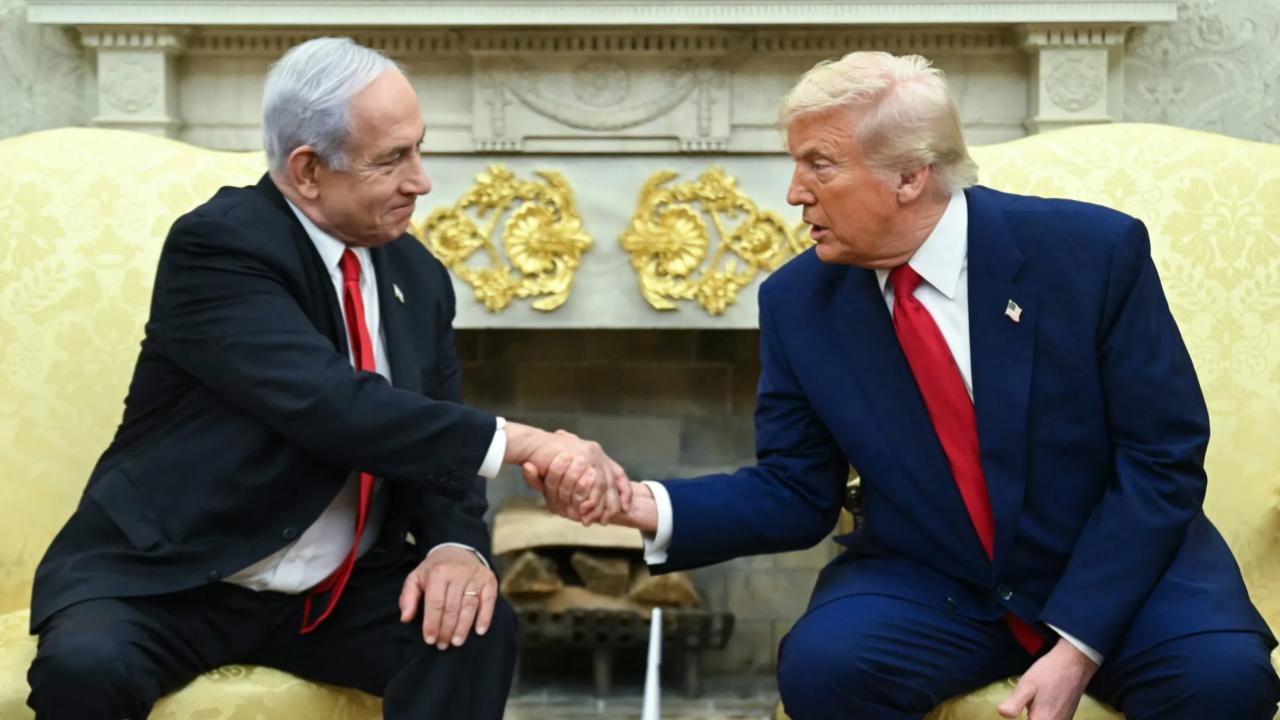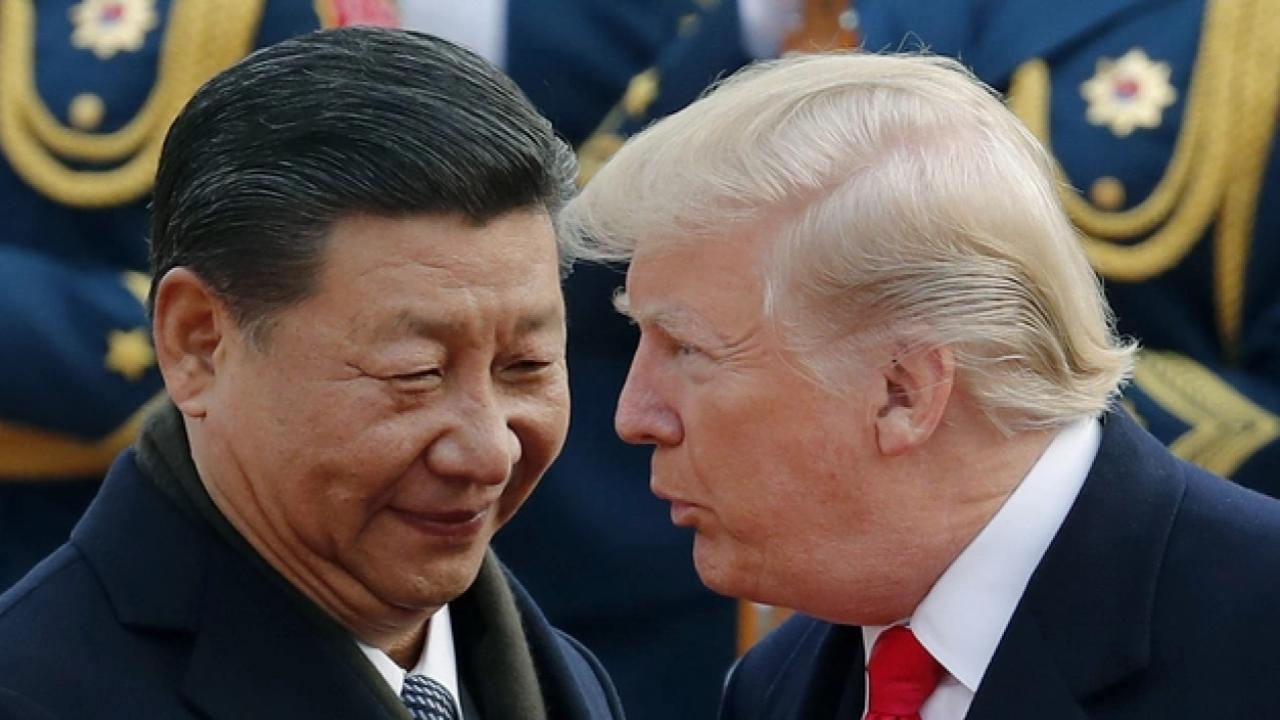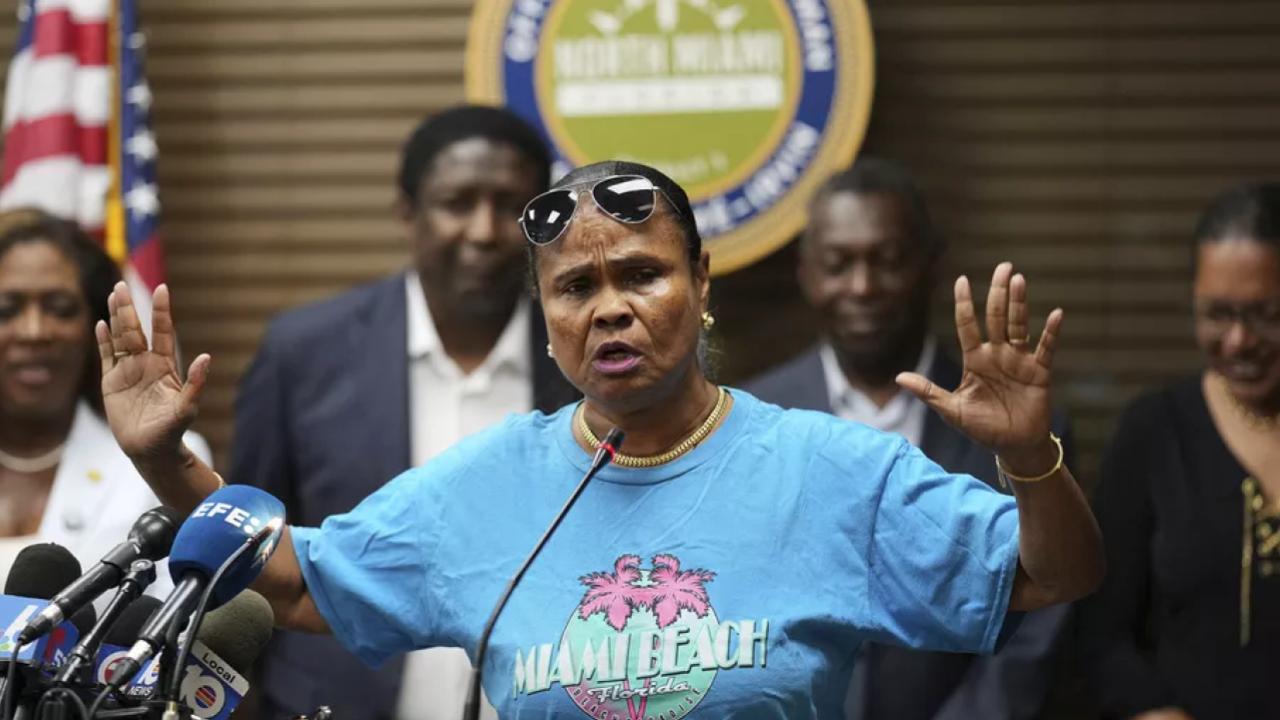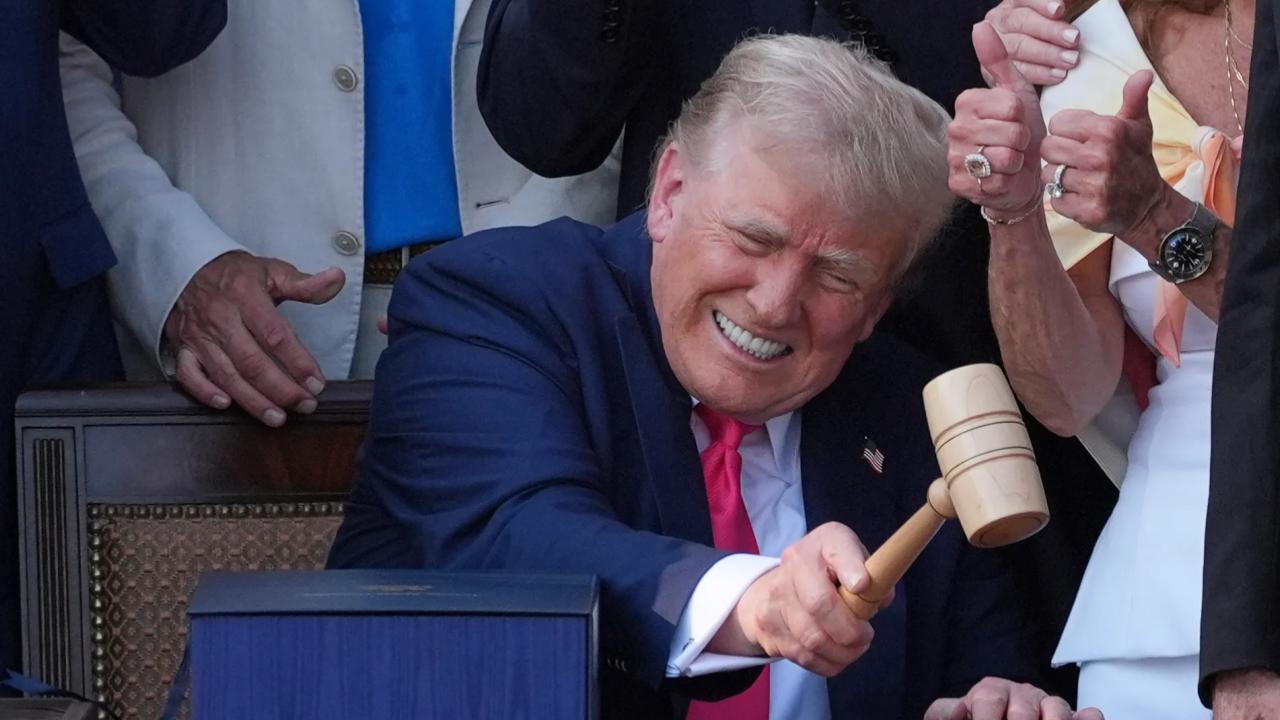When President Donald Trump stepped up to the podium at West Point in May 2025, he made it clear he wasn’t just there to cheer on the next generation of Army officers. No sir, he laid claim to rebuilding the United States military into the most powerful force the world has ever seen. That bold statement stirred up plenty of buzz — from political insiders to everyday folks who follow military affairs.
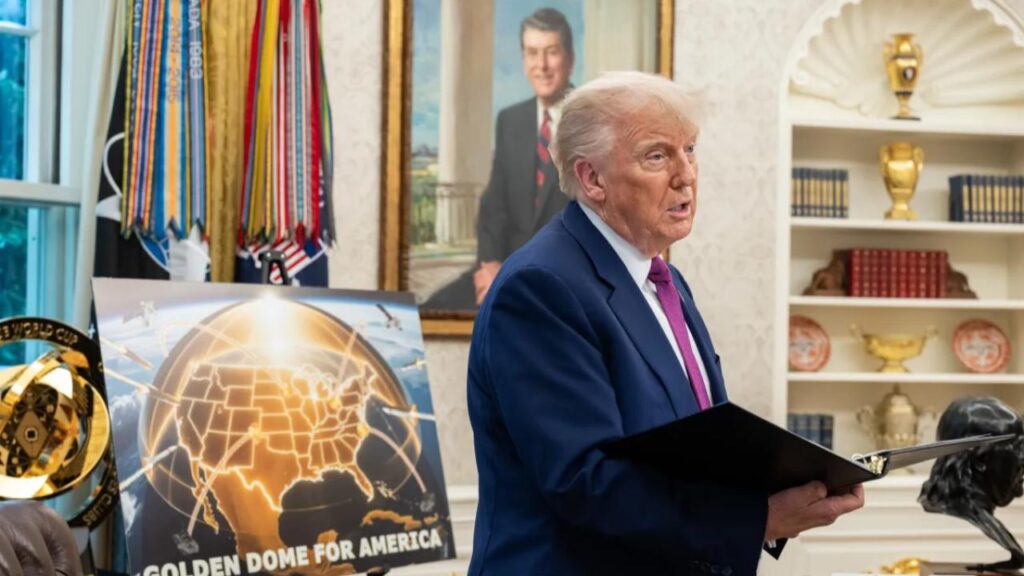
In this article, we’re breaking down Trump’s West Point speech, digging into what he said about the military’s strength, his critiques of previous administrations, and what this means for the U.S. armed forces moving forward. Whether you’re a policy wonk, a military buff, or just curious, you’ll get a straightforward, easy-to-understand rundown with facts, context, and practical insights.
Trump Takes Center Stage at West Point
| Topic | Details |
|---|---|
| Military Strength Claim | Trump says he rebuilt the strongest U.S. Army in history |
| Military Focus | Emphasized core mission: defeating enemies, defending the flag, opposing “nation-building” |
| Rollback of DEI Policies | Banned critical race theory and DEI initiatives, calling it “divisive” |
| New Defense Initiatives | Announced $1 trillion investment including “Golden Dome” missile defense |
| Political Messaging | Speech included topics like immigration and border security alongside military themes |
President Trump’s 2025 West Point address was more than a graduation speech — it was a statement of his vision for the U.S. military’s future. Claiming credit for rebuilding the armed forces, rolling back diversity initiatives, and unveiling new defense projects, Trump underscored his “America First” approach to national security. Whether you agree or disagree, his remarks set the tone for ongoing debates about the military’s role, priorities, and culture in the years ahead.
For anyone involved in or following the military, understanding these shifts is crucial. Staying informed, adapting to policy changes, and focusing on emerging opportunities will be key to navigating this evolving landscape.
Trump’s Bold Claim: Rebuilding the U.S. Military
When Trump took the stage, he didn’t mince words. He said, “I rebuilt that army, and I rebuilt the military, and we rebuilt it like nobody has ever rebuilt it before in my first term.” That’s a strong flex, especially given the military’s long-standing history and global presence.
What Does “Rebuilding” the Military Really Mean?
Rebuilding the military can mean several things:
- Increasing budgets: Trump pushed for significant increases in defense spending during his tenure, with the 2020 defense budget hitting approximately $738 billion, the highest in U.S. history at the time.
- Modernizing equipment: From updating tanks to advancing missile defense and hypersonic weapons programs, a lot went into upgrading the military’s hardware.
- Recruitment and readiness: Trump touted efforts to boost troop numbers and improve training standards.
This sort of overhaul aims to ensure the military is ready to face any global threat — especially rising powers like China and Russia.
Returning to Core Military Missions
One of Trump’s main points was a sharp focus on the military’s core missions: “Crush America’s adversaries, kill America’s enemies, and defend our great American flag.”
He criticized previous administrations for involving troops in what he called “nation-building crusades” and distracting social projects. This was a direct shot at military engagements like those in Iraq and Afghanistan, which spanned decades and drew mixed public opinions.
For Trump, the military should stick to defending the country and winning wars, not getting bogged down in overseas rebuilding or social experiments.
Rollback of Diversity, Equity, and Inclusion (DEI) Initiatives
Trump also highlighted his administration’s moves to dismantle DEI programs in the military — a controversial and widely discussed topic.
- Critical Race Theory (CRT): Trump banned training based on CRT, which he claimed was “divisive and demeaning.”
- Transgender Policies: The administration reversed policies allowing transgender individuals to serve openly.
This rollback was positioned as freeing troops from what Trump called political training and bringing merit-based values back to the forefront.
New Military Investments and the “Golden Dome” Missile Defense
One of the big reveals was a promise to invest $1 trillion into the military, including a new missile defense system dubbed the Golden Dome. This is aimed at countering emerging threats, especially ballistic missile attacks from adversaries.
Trump named a Space Force general to head this initiative, showing a continued emphasis on space and missile defense as critical battlegrounds in the future.
Political Overtones in a Military Setting
Trump’s speech wasn’t just about military power. He threw in political issues like illegal immigration and border security, blending domestic policy with military matters.
Some critics argue this politicizes military ceremonies that traditionally focus purely on service and sacrifice. Supporters say it’s about protecting the nation in all aspects.
What Does This Mean for the U.S. Military Moving Forward?
For those watching closely, these points reveal a few things:
- The military is likely to keep focusing on advanced tech, missile defense, and space-based assets.
- There will be continued debate over the role of social and political issues within military training and culture.
- Budget priorities could favor readiness and weapons modernization over broader social programs.
How This Affects Military Personnel and Careers
For service members and those considering a military career, here’s what you should know:
- Training Focus: Emphasis on combat readiness and core military skills means rigorous, performance-based training.
- DEI Policies: With DEI rollbacks, recruitment and promotion may focus more on merit, though debates around diversity continue.
- Emerging Tech Careers: Investment in missile defense and space tech opens new career fields in cyber, aerospace, and defense systems.
If you’re eyeing a military career, keeping up with these trends can help you position yourself for success.
Practical Advice for Military Families and Veterans
- Stay informed on policy changes, as shifts in DEI or benefits could impact your family.
- Explore new career pathways linked to defense modernization, including tech and cybersecurity roles.
- Take advantage of official resources like the Department of Defense for updates on programs and benefits.
Will You Get Trump’s Social Security Raise? Here’s the Twist No One Saw Coming
Exposed: Trump’s Secret Soviet Code Name ‘Krasnov’—Was He Really a KGB Asset?
Frequently Asked Questions (FAQs)
Q1: Did Trump actually rebuild the U.S. military?
A1: Trump did oversee historic defense spending increases and modernization efforts, but the military’s strength is the result of decades of investment from multiple administrations.
Q2: What is Critical Race Theory, and why was it banned?
A2: CRT is an academic framework examining systemic racism. The Trump administration banned it in military training, calling it divisive, though opinions on CRT vary widely.
Q3: What is the “Golden Dome” missile defense system?
A3: It’s a new missile defense initiative announced by Trump aiming to protect the U.S. from ballistic missile threats using advanced technology.
Q4: How do DEI policy rollbacks affect military careers?
A4: Rollbacks shift focus toward merit-based promotion and training, but discussions about diversity and inclusion continue in military culture.
Q5: How can I stay updated on military policies?
A5: Regularly check official websites like the U.S. Department of Defense and West Point.



